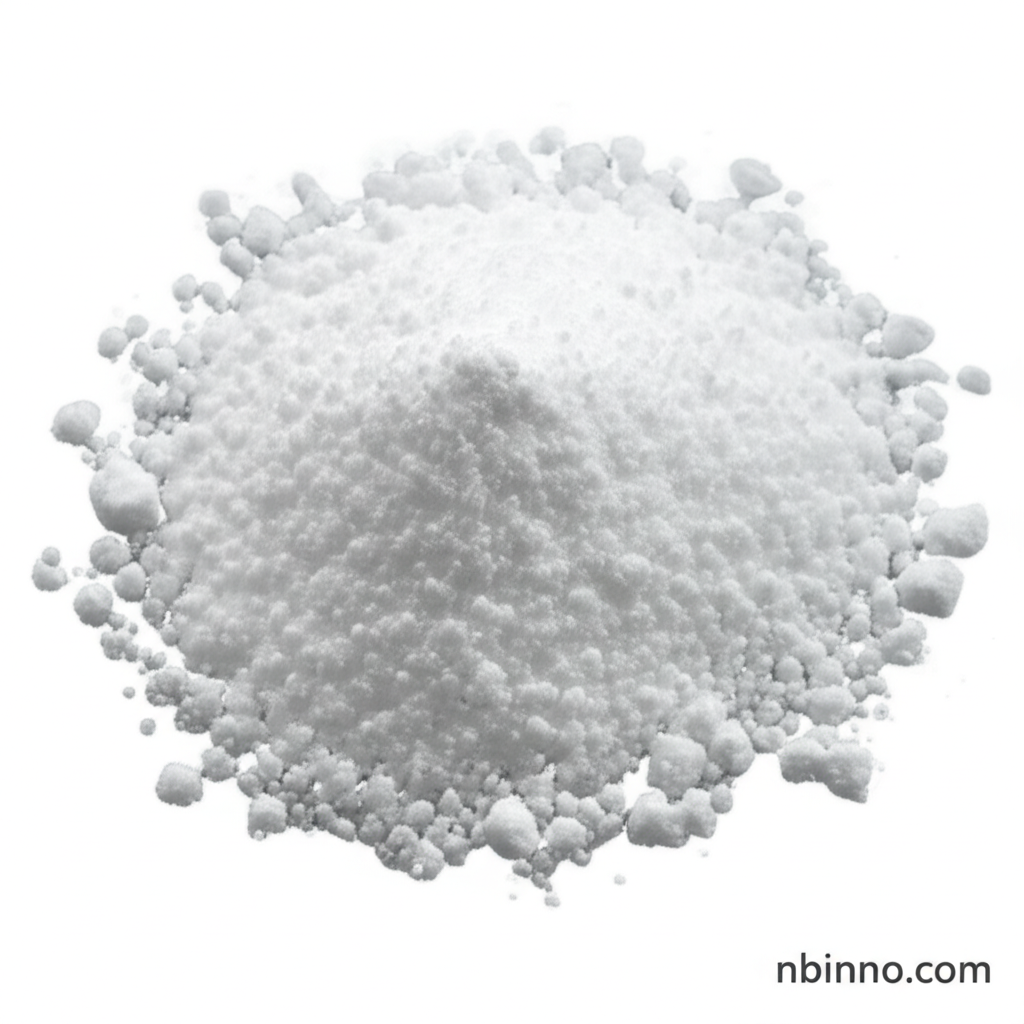(R)-3-Amino-3-(2-methylphenyl)propionic Acid: A Key Chiral Building Block for Pharmaceutical and Neurochemical Research
Discover the pivotal role of this unique amino acid derivative in advancing drug development and neuroscience.
Get a Quote & SampleProduct Core Value

(R)-3-Amino-3-(2-methylphenyl)propionic acid
This compound serves as a crucial chiral building block, particularly valuable in the pharmaceutical industry for its role in the development of drugs targeting neurological disorders. Its unique structure allows for the introduction of chirality, essential for creating enantiomerically pure compounds that can enhance therapeutic efficacy and reduce side effects. Researchers utilize this amino acid derivative extensively in peptide synthesis and as a ligand in drug discovery processes, making it a cornerstone for developing innovative solutions.
- A key chiral building block, (R)-3-Amino-3-(2-methylphenyl)propionic acid enhances therapeutic efficacy by enabling the creation of enantiomerically pure drug formulations.
- This versatile amino acid derivative is instrumental in neuroscience research, with potential applications in modulating neurotransmitter systems for treating neurological disorders.
- Its unique structural properties make it a preferred choice for peptide synthesis, allowing for the creation of complex bioactive molecules.
- Researchers leverage this compound in various drug discovery processes, utilizing its characteristics as a ligand to identify new therapeutic agents.
Key Advantages
Enhanced Therapeutic Efficacy
(R)-3-Amino-3-(2-methylphenyl)propionic acid is vital for developing chiral drugs, directly contributing to enhanced therapeutic efficacy and a better safety profile.
Advancement in Neuroscience
Its application in neuroscience research aids in understanding and potentially treating neurological disorders by modulating key neurotransmitter systems.
Facilitates Complex Synthesis
As a building block for peptide synthesis, it allows for the construction of intricate molecules crucial for biological functions and drug development.
Key Applications
Pharmaceutical Development
Serves as a critical building block in the synthesis of pharmaceuticals, particularly those targeting neurological disorders, contributing to pharmaceutical development.
Neurotransmitter Research
Used in studies exploring neurotransmitter systems, this compound helps researchers understand the influence of amino acids on brain function and behavior, supporting neurotransmitter research.
Biochemical Assays
Employed in biochemical assays to measure enzyme activity and provide insights into metabolic pathways, thereby assisting in biochemical assays and drug interaction studies.
Peptide Synthesis
Plays a vital role in the synthesis of peptides, which are essential for various biological functions and therapeutic applications, highlighting its importance in peptide synthesis.
